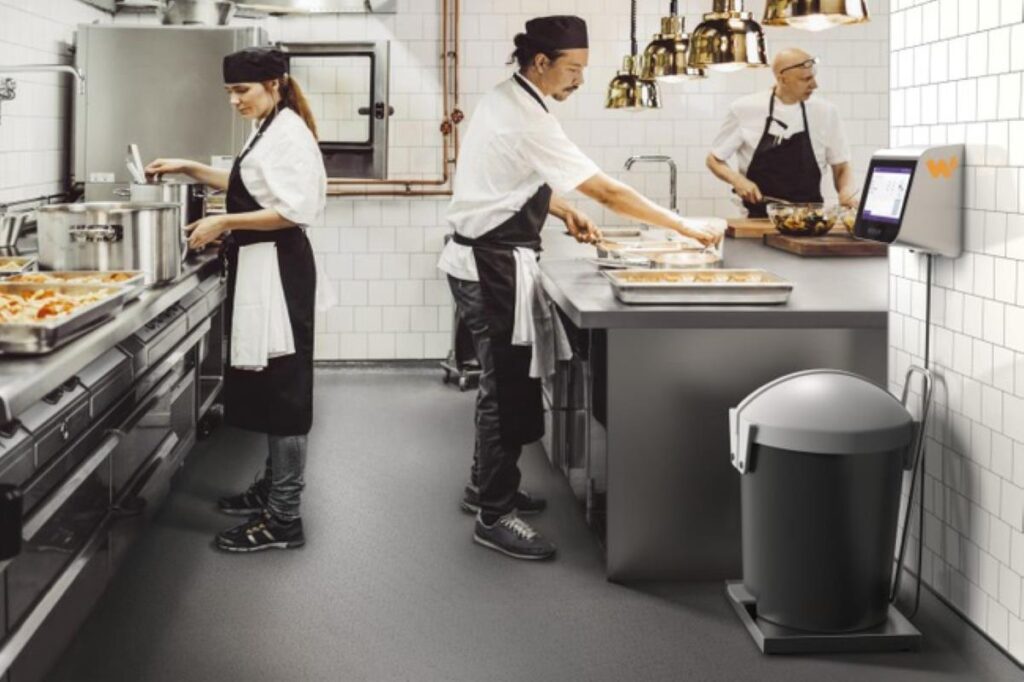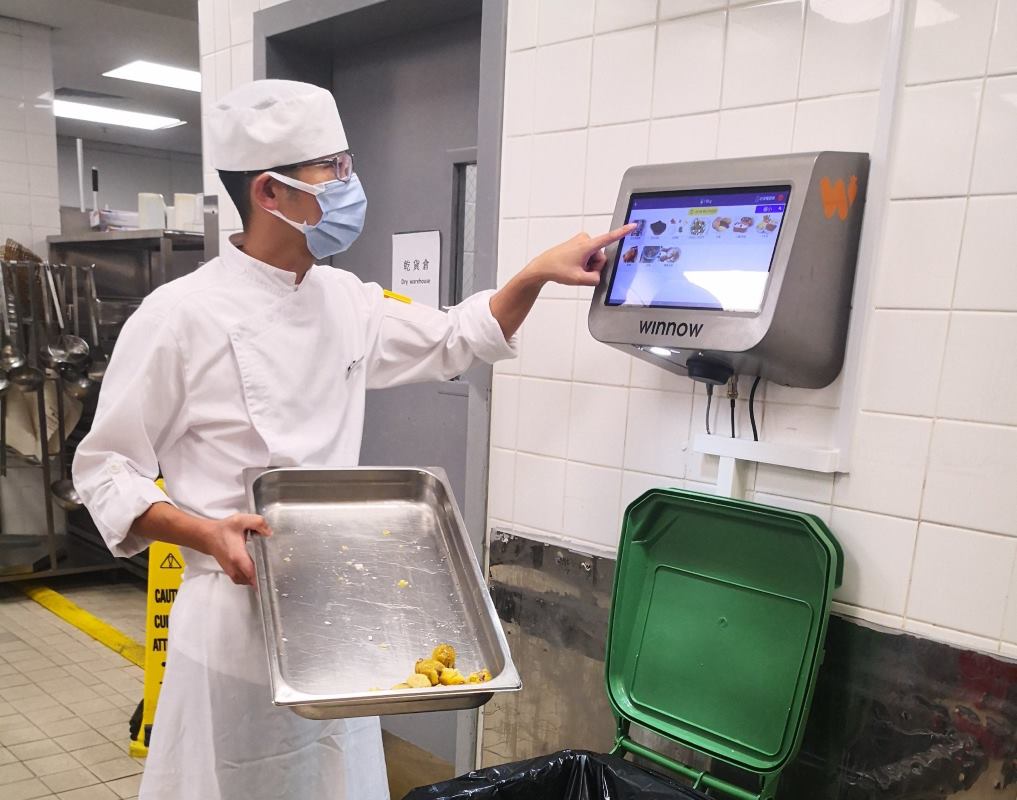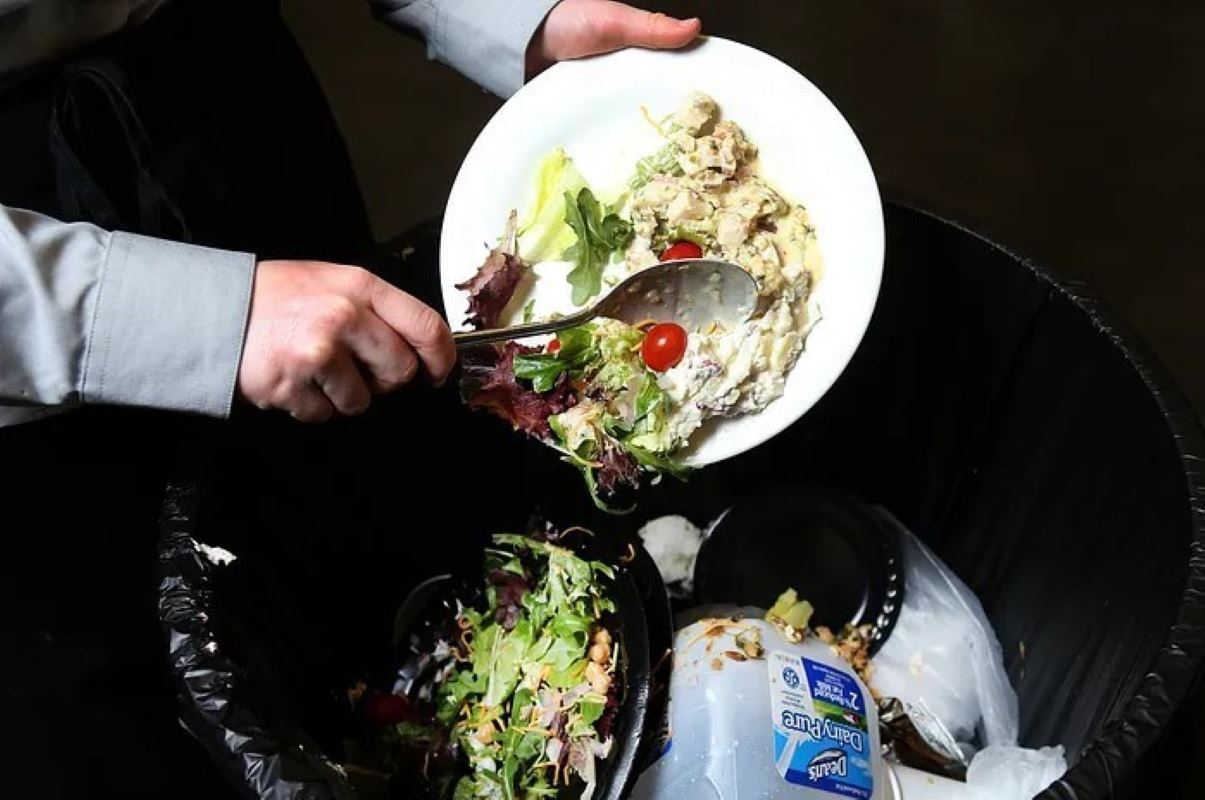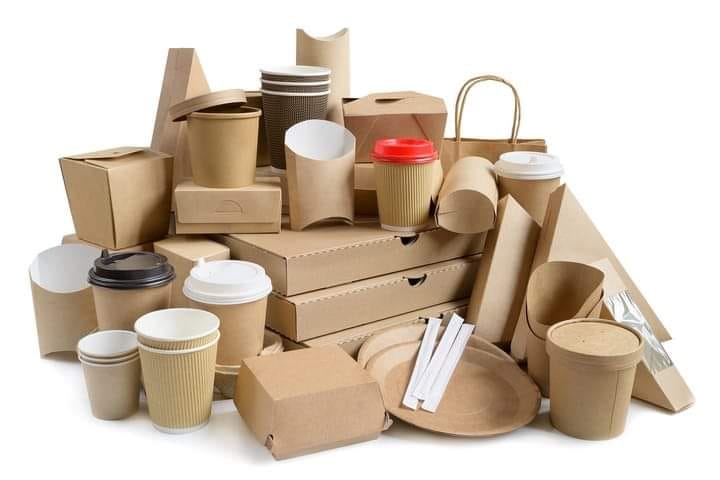A study suggests that food waste in restaurants usually amounts to an average of 4-10% of the total inventory. Similarly, according to a 2019 report by Verisk Maplecroft, the United States ranks first on the list of top food wasters worldwide. That percentile gives an idea of all the food materials in US restaurants that eventually find their way into dumpsters.
Food regulatory organizations, nonprofits and consumers are becoming aware of the environmental and ethical implications of global waste generation. The US, for one, is losing billions of dollars annually in the form of food waste. Also, populating dumpfills with food waste comes with greenhouse gas emissions. Food loss is double-pronged in its effect. The food itself goes to waste, similarly, all the resources that went into its production are lost. Consequently, the Boston Consulting Group values the annual global food waste at about $1.47 trillion.
The good news is that widespread awareness about food waste in restaurants is birthing strategies and initiatives to reduce the annual loss to a minimum. This article will explore all the existing innovations that restaurants and diners are adopting to reduce food waste.
How Big Is the Problem?
Just like the impact of climate change has been labelled a hoax, it won’t be surprising if there are skeptics about the severity of food waste in restaurants. The Green Restaurant Association suggests an average restaurant generates between 25,000 and 75,000 pounds annually.
Unfortunately, restaurants in the US throw away about 84.26% of their leftover food, only 14% gets recycled, and a paltry 1.4% goes to charity.

Of course, nationwide food waste generation in each country is not solely from restaurants. However, restaurants, grocery stores and other food services companies in the US contribute approximately 40% of the total food waste. That figure is second only to annual food waste by households (43%).
Thanks to mainstream media, reducing food waste in hospitality niches has become a subject of public discourse. The environmental and economic impact of food waste in restaurants has made diners more aware of its implications.
Let us have a look at the root cause of the problem before considering hospitality waste reduction initiatives.
ALSO READ: The Evolution of Street Food Around the World
Common Causes of Food Waste in Restaurants
A quick run-through of the common causes of food waste in restaurants reveals that they fall under three broad categories.
1. Over-Prepping and Spoilage
Most restaurants prefer to have more materials for meal preparation than not enough. Of course, sophisticated systems for predicting food demand exist, but such predictions may falter. Sometimes, restaurant sustainability is a product of efficiency in demand predictions.

2. Miscommunication Between Kitchen and Service
Hospitality companies, including restaurants, are in the business of fulfilling customer orders. However, when service staff misunderstand or misrepresent the dish or portion size requested by a customer, the order may need to be discarded. Eliminating communication bottlenecks between service and kitchen staff should significantly reduce food waste.
3. Oversized Portions and Menu Inefficiencies
Most restaurants have standard portions for each order and seldom investigate if the meal size is right for the customer. Meanwhile, individual diners usually have personal preferences about, for example, the size of steak that they can down in a sitting. Using apps that allow tailored portion sizes in each order, food sustainability in restaurants could become a possibility.
What Restaurants Are Doing to Reduce Waste
Food waste management has become a priority for many restaurants. Most of these zero-waste kitchens are not just trying to cut losses but also strive to earn a position among “green food” establishments. We shall consider some recent innovations that help restaurants nail hospitality waste reduction.

- Technologies for Inventory and Storage Management
Some restaurants store vast volumes of food material to keep their business running with minimal glitches. Most of these restaurant chains require sophisticated logistics and quality control to deliver similar dishes at outlets across multiple geographical locations. There are tech startups that are filling this gap by developing software packages that help restaurants optimize their inventory and storage systems.
- Food Donation Programs
Developing initiatives of free food distribution may attract added costs on restaurants’ balance sheets. Instead, many organizations in the hospitality business, and even some grocery stores, are starting to liaise with non-profits. These non-profits are in the business of getting free food to underprivileged communities. Many of such non-profits have dynamic databases that help them use surpluses of restaurants to meet felt needs among the impoverished.
- Smart Menu Design and Portion Control
Smart menu designs utilize digital interfaces that afford diners and remote customers a seamless order experience. Restaurants can save costs as most smart menus come with portion control capabilities. In addition, order details can be transmitted from the customer directly to the kitchen staff, eliminating potential order distortion by service staff.
All these restaurant food waste solutions allow hospitality industry stakeholders to enjoy two-way benefits in the value chain. Likewise, customers enjoy top-notch value for their money while zero-waste kitchens enjoy diners’ loyalty.
Tech & Innovation to the Rescue
All the recent food waste management innovations are largely driven by information technology. For example, AI is changing the way we order food, and this simply exploits data analytics and order trends. Also, using smart food tracking, you can accurately predict the ETA of your food order.
Some restaurants have gone ‘dark.’ These are ghost kitchens that offer no dine-in or sitting infrastructure. You simply order online and have the package delivered to your residence or a chosen pick-up location.

Besides the adoption of technology in hospitality waste reduction, there are several other tech strategies that will shape dining in the near future. Most of these strategies involve revolutionizing the customer experience offered by restaurants and other hospitality companies.
ALSO READ: How AI Is Changing the Way We Order Food
Policy & Public Action
Restaurants and diners are not the only shot-callers in the food surplus solutions party. Regional and global regulatory bodies, governments and private entities are contributing immensely to addressing the incidence of food waste in restaurants.

For example, the EU and the United States have strong laws regulating food donation. Some countries offer tax rebates to hospitality companies that donate surplus food instead of allowing it to go to waste. Similarly, a concerted effort of private and state institutions is driving sensitization initiatives to help consumers understand how food waste impacts the environment and economy.
Restaurants are not left out either. Currently, there are certifications awarded to hospitality companies that keep their food waste generation under control. Food waste is not an invincible behemoth, and restaurants can contribute significantly to food surplus solutions. Also, widespread advocacy for the reduction of global food waste is making a significant impact. The concerted intervention of technological innovations, restaurant creativity and consumers’ call for zero-waste compliance will go a long way to control the crisis.











